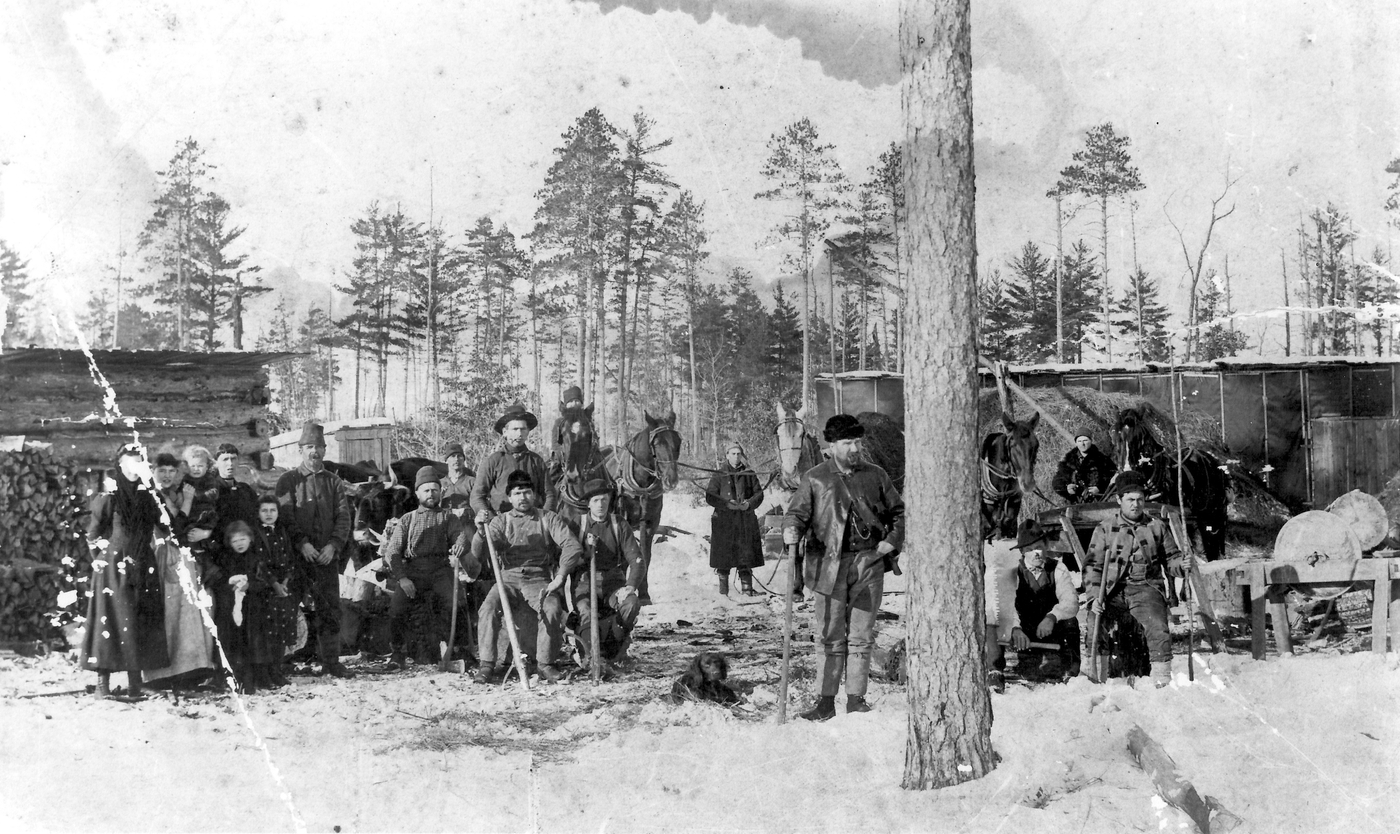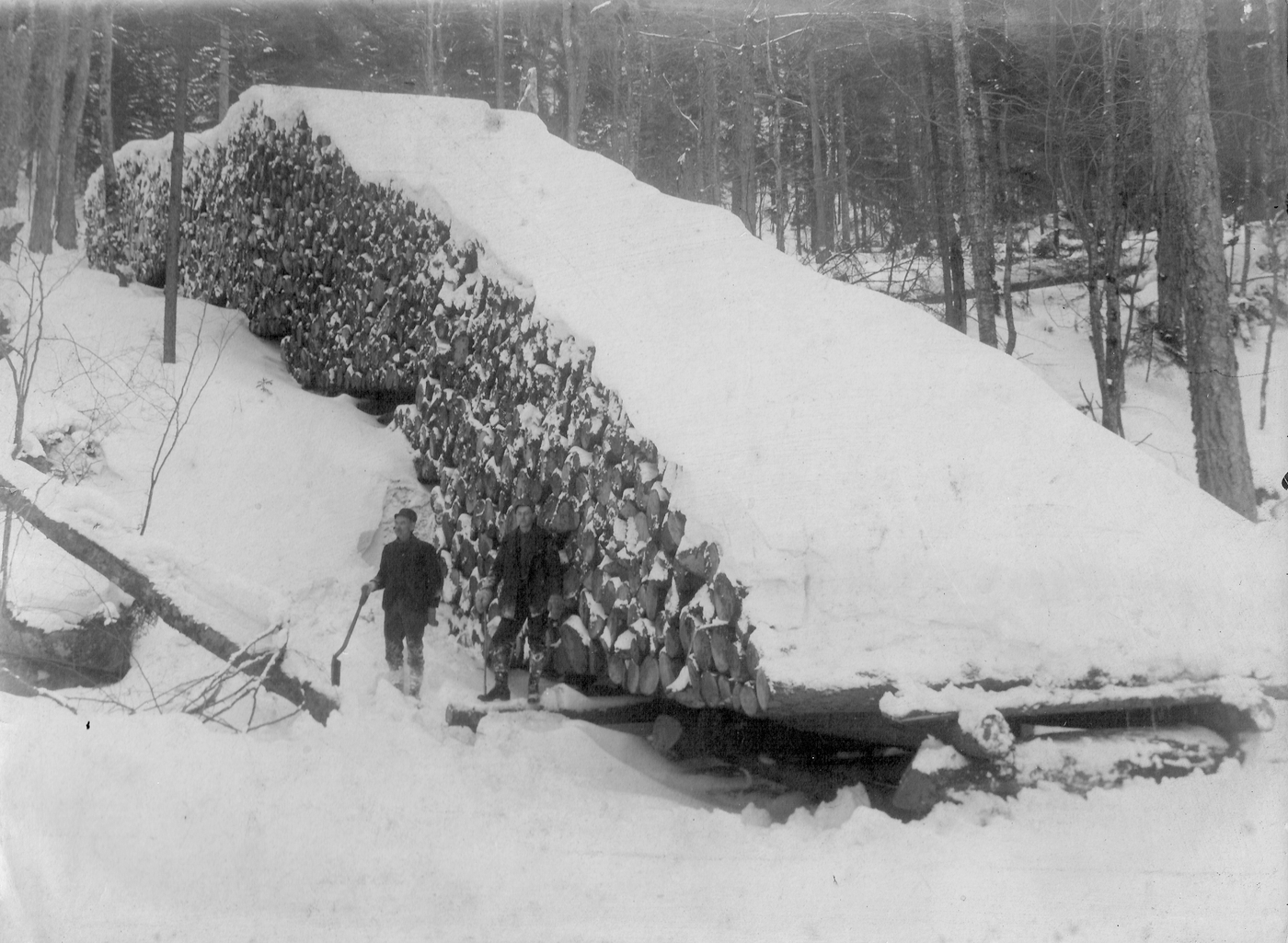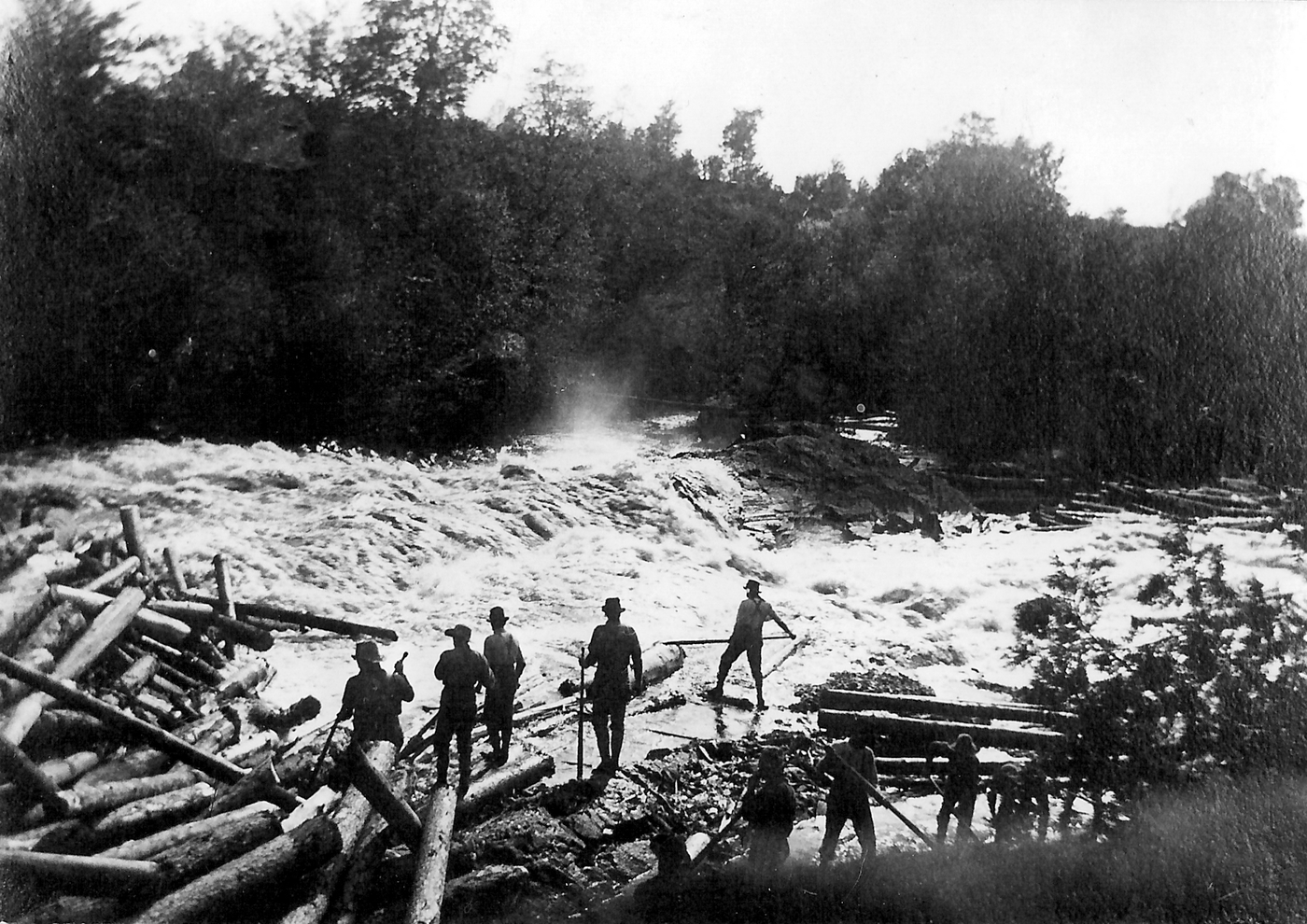Jul 17, 2017 — Colton is one of many North Country towns that grew from a single industry - logging. The community began as a series of outposts and camps for loggers, and gradually developed into a permanent settlement.
Colton's logging industry was strongest in the second half of the 19th century. Loggers, and sometimes their families, lived in logging camps deep within the woods. They often slept sardine-style in bunkhouses, and were fed huge meals by the camp cook.

The
camps consisted of tents and quickly constructed buildings. From them,
the loggers went into the woods and cut down thousands and thousands of
trees. They did this in the winter because the snow made for easier
transportation of the cut logs.

An enormous load of logs being pulled by horses in Colton, circa 1900. Courtesy of the Colton Historical Society.
Teams of horses were used to pull enormous loads of logs out of the forest. In order to make a slicker, more defined path, they sometimes used a logging “Ice Machine.”

A team of draft horses pulling an Ice Machine. Circa 1900. Courtesy of the Colton Historical Society.
The machine is a box on skis holding a cauldron of boiling water. As it was pulled the machine “lay” water which hardened into ice, creating a slippery path that made it easier for horses pulling logs to make it to the riverbank.
Once at the riverbank, the logs were stacked and kept there until the spring.

A
pile of logs stacked in winter at a Colton logging camp. Over the
winter loggers cut logs and piled them near the river. In spring they'd
take out the key log, which would force the pile to roll into the
river, where the loggers could then drive the logs downstream. Circa
1900. Courtesy of the Colton Historical Society.
Once the snow had melted and the rivers were flowing, the loggers released the logs into the river, and started driving them down the river and towards wood-processing plants, which would turn the logs into pulp, paper, boxes, and to tan hides

Colton log jam in the Stone Valley area, circa 1900. Courtesy of the Colton Historical Society.
The work was dangerous, risky, and physical. The nature of logging work split the community into two parts - Colton, where loggers lived during the late summer and fall with their families, and the South Woods, where all of the logging work happened.
